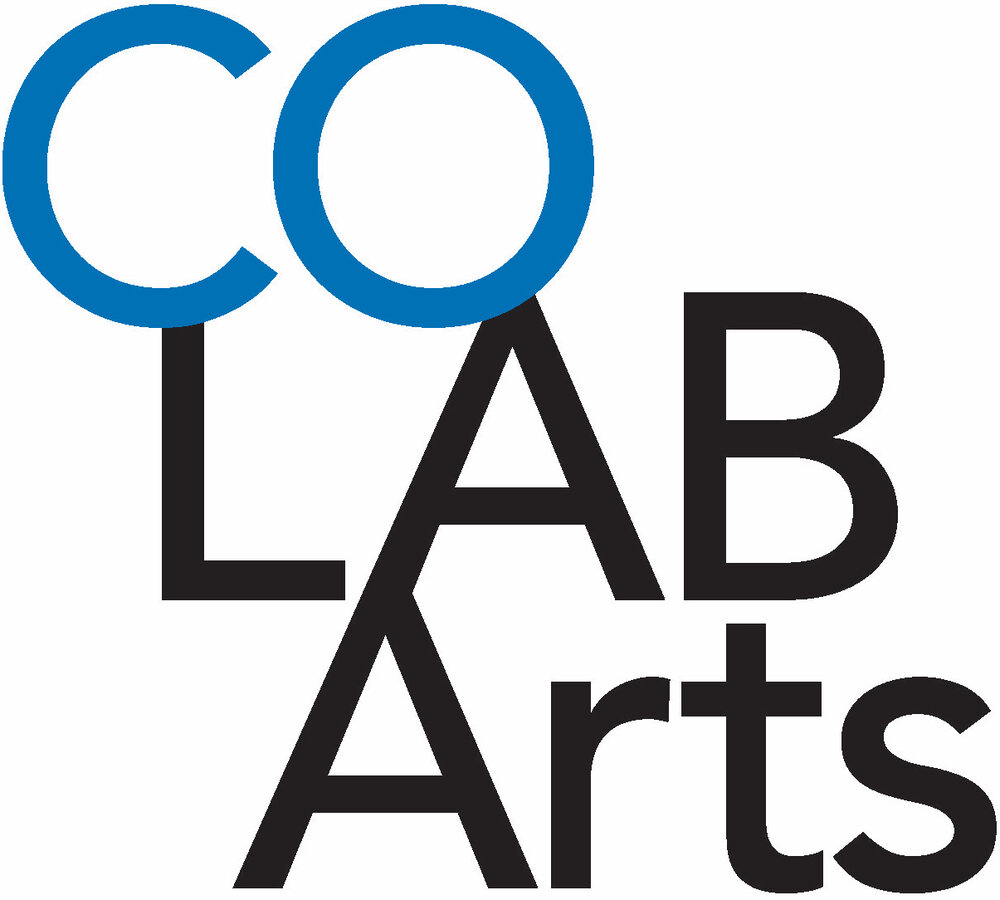In the second week of March 2020, we as an organization made the decision to follow the protocols, pack up our paperwork and our office plants and head home for an indefinite work from home lockdown. The decision, a collective action, was highlighted for our education staff because we were in the final week of preparations before two major artist residencies in the local school system. Our Teatro Esperanza Artistic Director Tanaquil Marquez was going to be the lead artist teaching an English and Spanish language theater series, and we had just kicked off the planning process for a new major community engaged mural. We had an uneasy choice to make: A) put all of our educational residencies on hiatus indefinitely or B) find a way to teach socially engaged art in virtual and digital spaces.
In our first response to the moment, coLAB Arts created a virtual artist residency program with New Brunswick Public Schools which launched within three weeks of the initial lockdown declaration. The participating artists were tasked with creating an arts-based curriculum that developed social and emotional learning competencies and acknowledged the current crisis. We worked closely with each artist to test different versions of at home recorded lessons, video tutorials, synchronous zoom classes. We also began experimenting with podcasts, digital visual art, and interactive websites. The transition included creating a group of five artist residency tracks that allowed each artist to focus on their primary discipline. In the first phase, those disciplines included a movement director, an actor, a playwright, a puppetry artist, and a performance poet. Each artist styled their series a little differently, but the overall implementation began to coalesce around a three-part structure.
1. Artist and Classroom Teacher Partnerships
The artist was brought into a pre-existing classroom space with a district schoolteacher. In the initial virtual adjustment phase the arts teachers had a layered approach to how they organized their classrooms. The school system was itself experimenting with the best structure of the school day as well as the consideration of modified block scheduling and determining “release days” in which teachers of different disciplines (i.e., Math, Science, language arts) would have a day of the week they could release asynchronous assignments. Then teachers would hold synchronous group sessions to respond to assignments or provide additional support. In the arts specifically we found that teachers worked to create groupings of students that were reflective of different parameters based on student circumstances and work in other subject areas. The groupings might not perfectly reflect a traditional “class” but rather groups that could be organized around these evolving scheduling circumstances. The primary point is that coLAB Arts and our resident artists were reliant on strong relationships with these classroom teachers and their pre-pandemic student teacher relationships to organize virtual creative spaces.
2. Access and Technology
The ever present and ongoing challenge of technology equity is a topic that the pandemic highlighted in the American educational system. Fortunately, our local school system had been working for years on building their access to technology for all of their students including Chromebook for every student. The coLAB Arts team focused on how to make virtual educational content that was accessible to students in their district provided Chromebook. The content had to be streamlined, clear, and aesthetically appealing. This included experimenting with different delivery platforms such as YouTube, websites, and shared drives. This also included working with the school district IT department to make sure that students could access external resources through district firewalls. In addition, asynchronous delivery allowed for students to have the time to troubleshoot accessibility issues and allowed artists and classroom teachers to follow up with student progress.
3. Creative Content
Once access logistics were sorted out, we were able to give the necessary focus to the creative response. The artists coLAB Arts engages are trusted to have a clear and professional grasp of their specific disciplines. Our staff have either advanced level degrees or the equivalent in professional arts practice and teaching experience. Our goal as an organization is to connect that expertise with community participants, cultural context, and resources for a meaningful creative collaboration. We knew however that this residency was not going to provide the same opportunity for larger group collaborative projects or performances. We focused rather on understanding that digital studio spaces require projects that honor individual voices and are concise. Our projects ranged from performance pieces reflective of the events surrounding the murder of George Floyd, poems honoring the anniversary of the women’s suffrage movement, and character creation exercises demystifying the idea of “heroism.” The projects from this very untraditional spring artists residency began to set the tone for what was going to be the next layer of work. We quickly understood that our students were bringing into their arts and creative spaces the issues and anxieties that the pandemic was bringing to so many communities.
